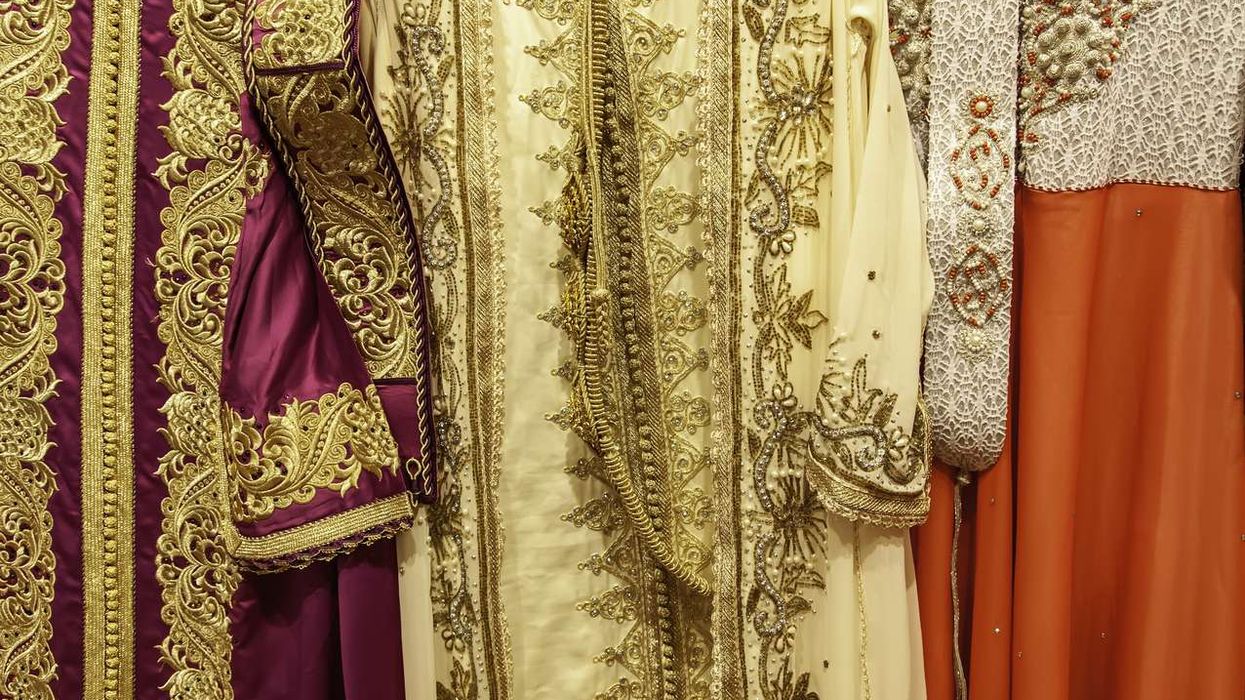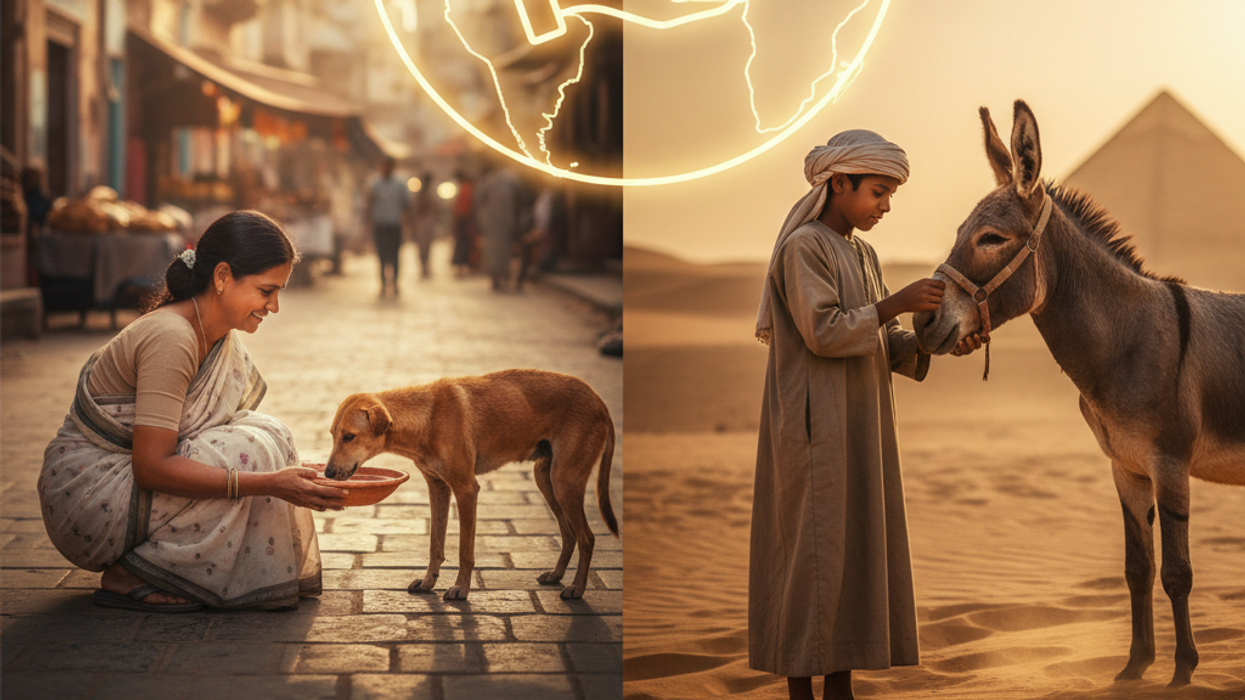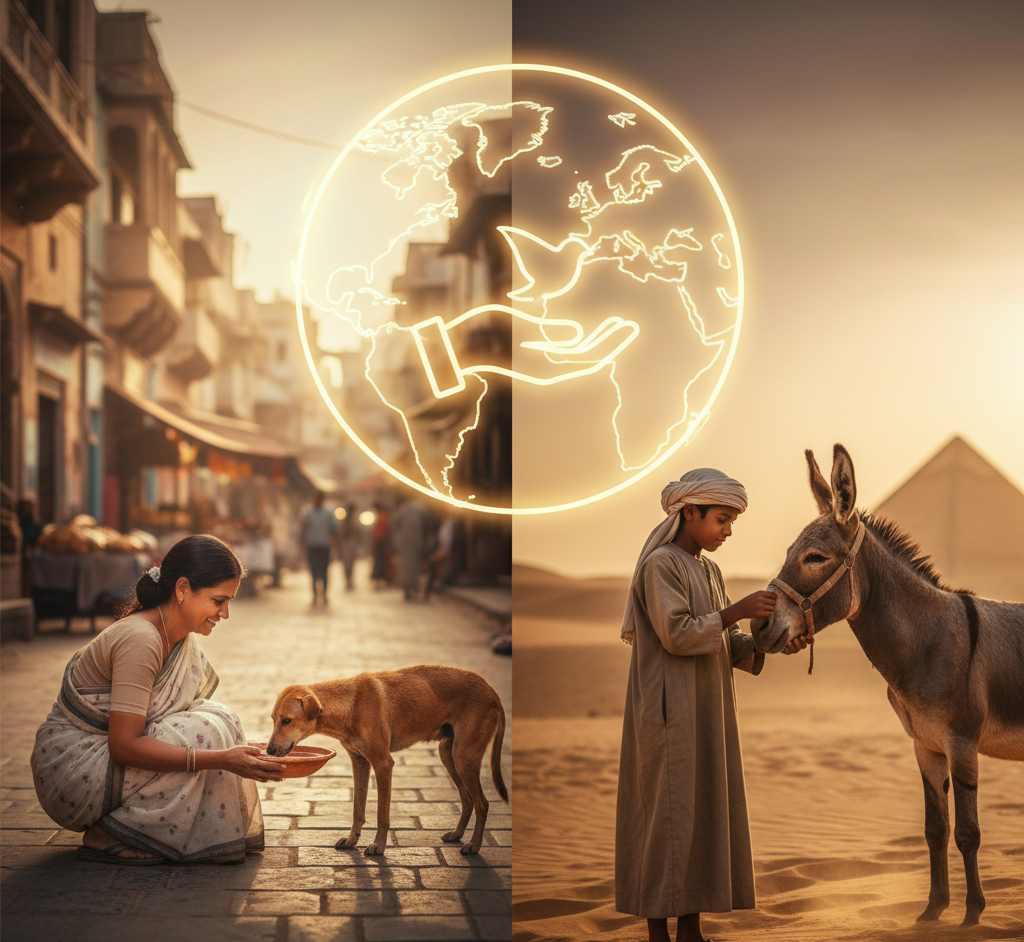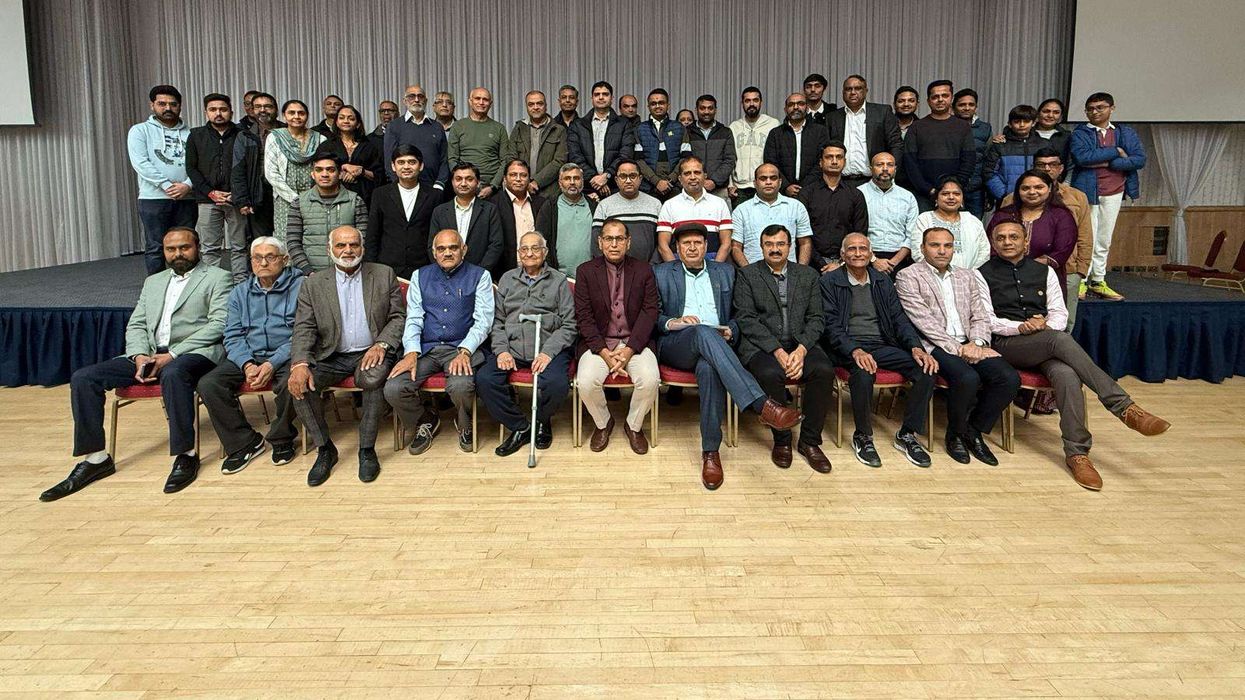Admitting to your team that you're feeling stuck at work is harder than you think. There are projects with missed deadlines, consistent meetings that don't go anywhere, and important updates that get lost in too many locations. The challenge often isn't that we haven't put in the effort; it's that we don't have a single system to rally the collective efforts of everyone on a project.
That's where Lark comes in. Rather than a mix of many apps that don't connect, Lark gives teams everything they need in one amazing place that they can work from. Messaging, docs, meetings, approvals, and workflows are all housed in a single workspace, and teams can spend more time making progress and less time chasing down updates. Lark centralizes how information flows and decisions are made while removing unnecessary roadblocks to make it less painful to work together every day. In turn, work feels easier, collaboration feels seamless, and teams can spend time thinking about momentum rather than chaos.
Lark Base helps projects stay on track
One of the biggest reasons teams feel stuck is project sprawl. Tasks are buried in spreadsheets, updates happen in long email chains, and no one knows which version is the latest. Lark Base clears that bottleneck by turning scattered information into a structured, easy-to-use hub.
With Base, teams can:
- Organize work visually in table, Kanban, or calendar views
- Set up automated rules so updates flow without manual reminders
- Assign tasks and track status in one shared panel
Instead of chasing updates, your team sees a single source of truth. That clarity keeps projects moving at pace and prevents the endless delays that usually come from version confusion. No wonder many teams now consider Lark among the best project management tools for centralizing both tasks and data in one place.
Lark Approval removes decision bottlenecks
Another way work slows down is decision fatigue. Accommodation approvals for budgets, leave requests, or project milestones seem to linger in email threads where they have little to no visibility into what was approved or what still needs approvals. Lark Approval removes the guesswork.
This is how Lark Approval keeps teams moving:
- Employees create and submit requests in minutes
- Managers receive notifications to review instantly on mobile or desktop
- All decisions are tracked automatically, thereby minimizing back and forth.
With this flow, sign-offs happen faster and more transparently. Your team doesn't waste days waiting on green lights—they know exactly where things stand. And with automated workflow inside Lark, these requests can even route to multiple decision-makers without manual intervention, ensuring that nothing gets stuck in someone's inbox.

Lark Calendar makes meetings smoother
One more overlooked reason for missed momentum is poorly run meetings. Setting up meetings can be a headache , especially for distributed teams. Forgotten invitations, overlapping events, and vague agendas waste hours of valuable time. The Lark Calendar solves all these issues.
You can in Calendar:
- View availability across team members instantly
- Turn Messenger chats into calendar invites without leaving your chat
- Directly attach Lark Docs to events for agendas and notes
With this technology, you eliminate the never-ending email and make sure meetings maintain structure before they begin. Instead of wasting time on logistical figuring, teams step into meetings with the intent to decide and act. Just this switch can reclaim hours of time each week.

Lark Docs and Wiki keep knowledge accessible
Another frustration that holds teams back is knowledge loss. Important files end up buried in personal drives, emails, or old chat histories. Team members waste precious time hunting for "that one document" instead of moving ahead with their work. Lark solves this with Docs and Wiki.
Docs allow you to draft, collaborate, and refine content in real time. Once finalized, those documents can be marked, shared, and regulated by the manager on Wiki, which acts as a permanent knowledge base. Together they provide:
- A clear split between working drafts and final reference material
- Easy linking so related content stays connected
- Centralized access so new team members can get up to speed faster
This means teams never stall because of missing context. The information they need is precisely where it should be, reducing confusion and keeping everyone aligned.

Lark Messenger drives conversations into action
Ultimately, teams often become stuck when communication remain talk, with no action. Traditional chat tools have mechanisms for supporting communication, but rarely for executing ideas. Lark Messenger not only communicates, but it executes.
Here's how:
- Pin high-priority updates so they won't be lost in the scroll,
- Find past conversations quickly with smart search,
- Convert a chat into a task or calendar item immediately.
Your team can take the extra second to reconvene conversations repeatedly or actually put words into action with a few clicks of a button. It keeps collaboration moving and the conversation as a means to an end.

Conclusion
Feeling stuck isn't about effort—it's about friction. When processes rely on outdated spreadsheets, endless email chains, and disconnected apps, momentum slows down. Lark tackles these bottlenecks head-on.
With Base acting as a project hub, Approval providing faster sign-offs, Calendar streamlining schedules, Docs and Wiki organizing knowledge, and Messenger turning discussions into action, teams can finally work at the speed they intend.
And here's the bigger picture: these aren't just handy features. Together, they form the backbone of how modern companies operate. By removing delays and reducing manual work, Lark positions itself as the business process management software that helps organizations run smarter.
When your team starts using Lark fully, progress stops being a struggle and becomes a habit. That's when you realize you're not stuck—you're finally moving again.






 Ahimsa towards those who are at our mercy is the secret key to the immortality of Bharatiya civilisation Gemini AI Generated
Ahimsa towards those who are at our mercy is the secret key to the immortality of Bharatiya civilisation Gemini AI Generated  Poonam Doshi who holds a high position in a City firm has dedicated her life to animals
Poonam Doshi who holds a high position in a City firm has dedicated her life to animals






